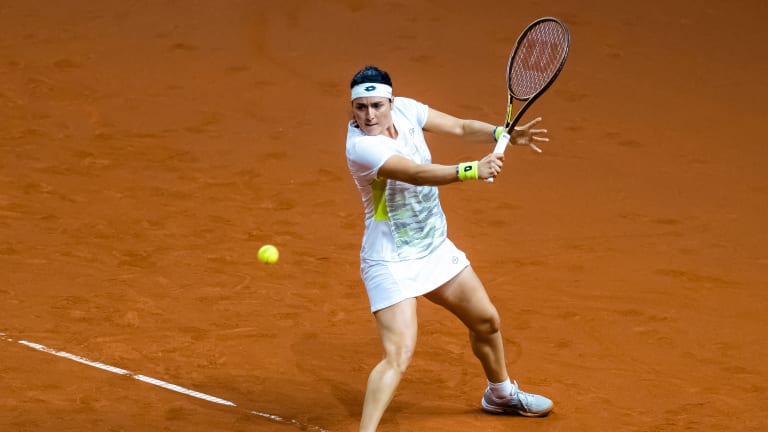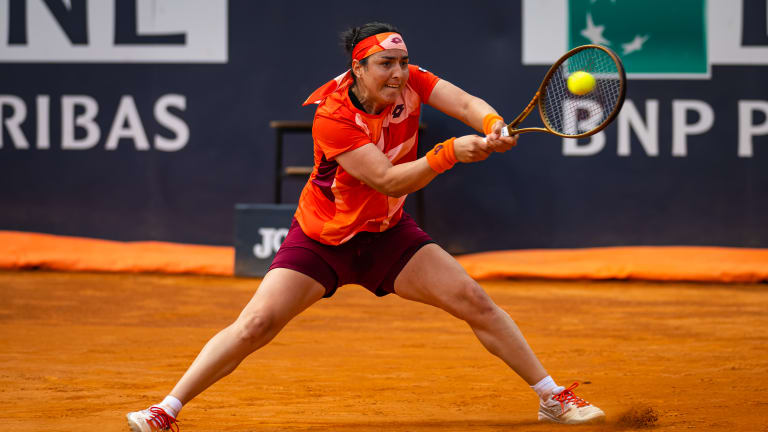Your Game
TECH Talk: How Ons Jabeur’s drop shot is going to be a killer on clay
By Jun 01, 2023Your Game
Racquet Review: Wilson Clash 100 Pro v3
By Apr 06, 2025Your Game
Shoe Review: Adidas Ubersonic 5
By Apr 05, 2025Your Game
Doubles Partners: Asics and A.P.C. team up for one-of-a-kind tennis collection
By Mar 30, 2025Your Game
Babolat and Lamborghini collaborate on new padel racquet collection
By Mar 29, 2025Your Game
Madison Keys: how racquet change led to first Grand Slam title
By Mar 28, 2025Your Game
Geared Up: Grigor Dimitrov continues to be a force with Wilson, Lacoste and Adidas
By Mar 23, 2025Your Game
Racquet Review: Babolat Pure Drive
By Mar 22, 2025Your Game
Racquet Review: Tecnifibre T-Fight 305S
By Mar 16, 2025Your Game
Racquet Review: Yonex EZONE 98
By Mar 15, 2025Your Game
TECH Talk: How Ons Jabeur’s drop shot is going to be a killer on clay
The Tunisian is off to a great start at Roland Garros, and her drop shot is a big part of that.
Published Jun 01, 2023
Advertising
Advertising

The racquet face is open and ready to disrupt the point.
© 2023 Robert Prange
Advertising

Even Ons has to change things up and hit a backhand every once in a while.
© 2023 Robert Prange